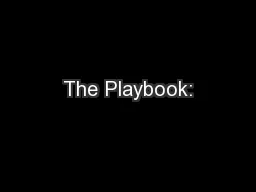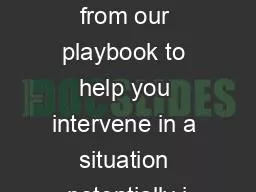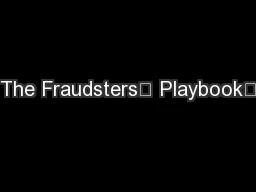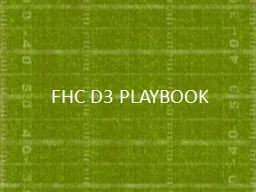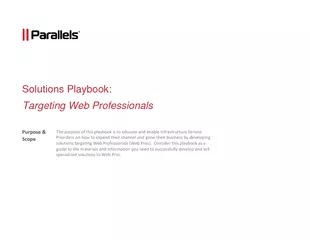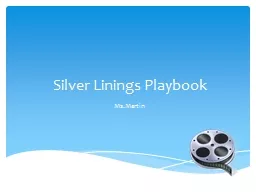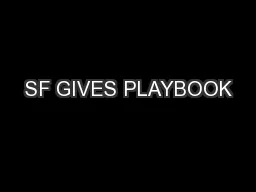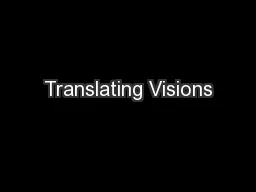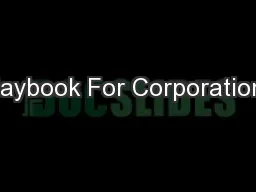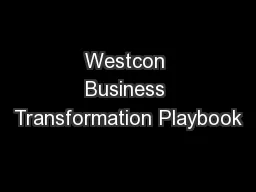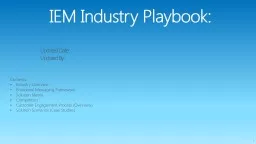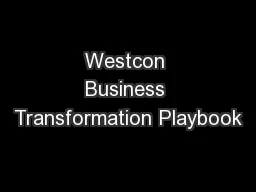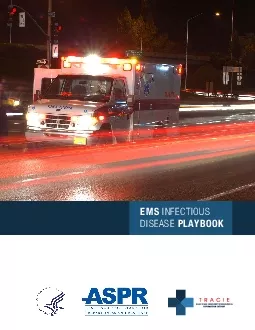PPT-The Playbook:
Author : olivia-moreira | Published Date : 2017-06-07
Keeping Strategic Planning Relevant Marketing Public Relations and Strategic Planning professional for 40 years An INC Magazine Entrepreneur of the Year Managed
Presentation Embed Code
Download Presentation
Download Presentation The PPT/PDF document "The Playbook:" is the property of its rightful owner. Permission is granted to download and print the materials on this website for personal, non-commercial use only, and to display it on your personal computer provided you do not modify the materials and that you retain all copyright notices contained in the materials. By downloading content from our website, you accept the terms of this agreement.
The Playbook:: Transcript
Download Rules Of Document
"The Playbook:"The content belongs to its owner. You may download and print it for personal use, without modification, and keep all copyright notices. By downloading, you agree to these terms.
Related Documents

